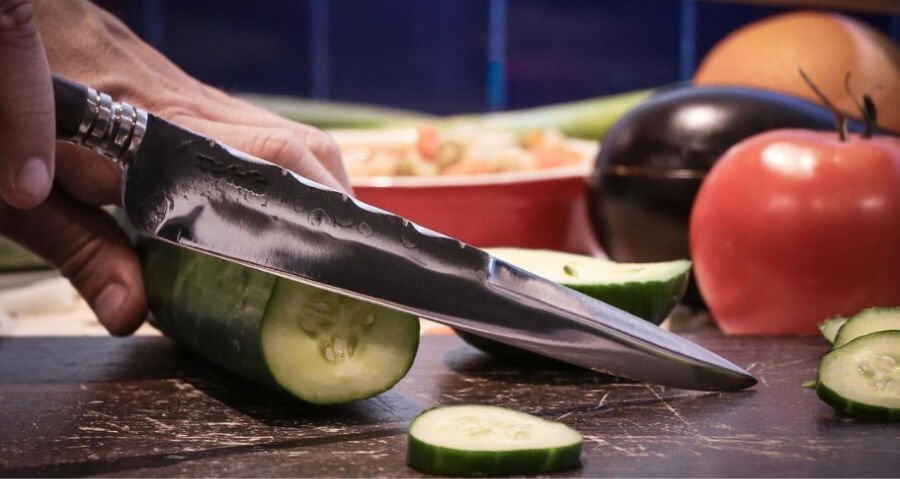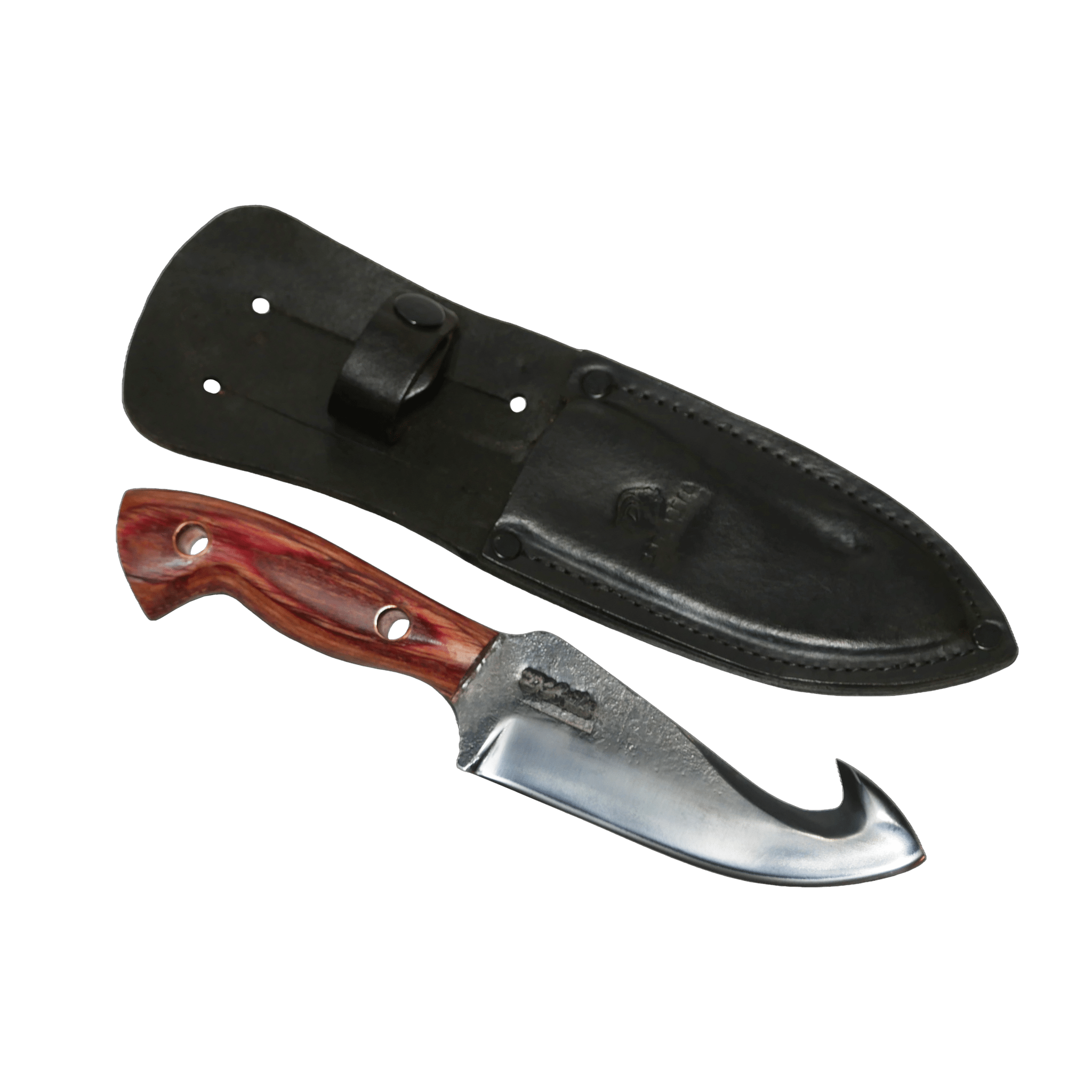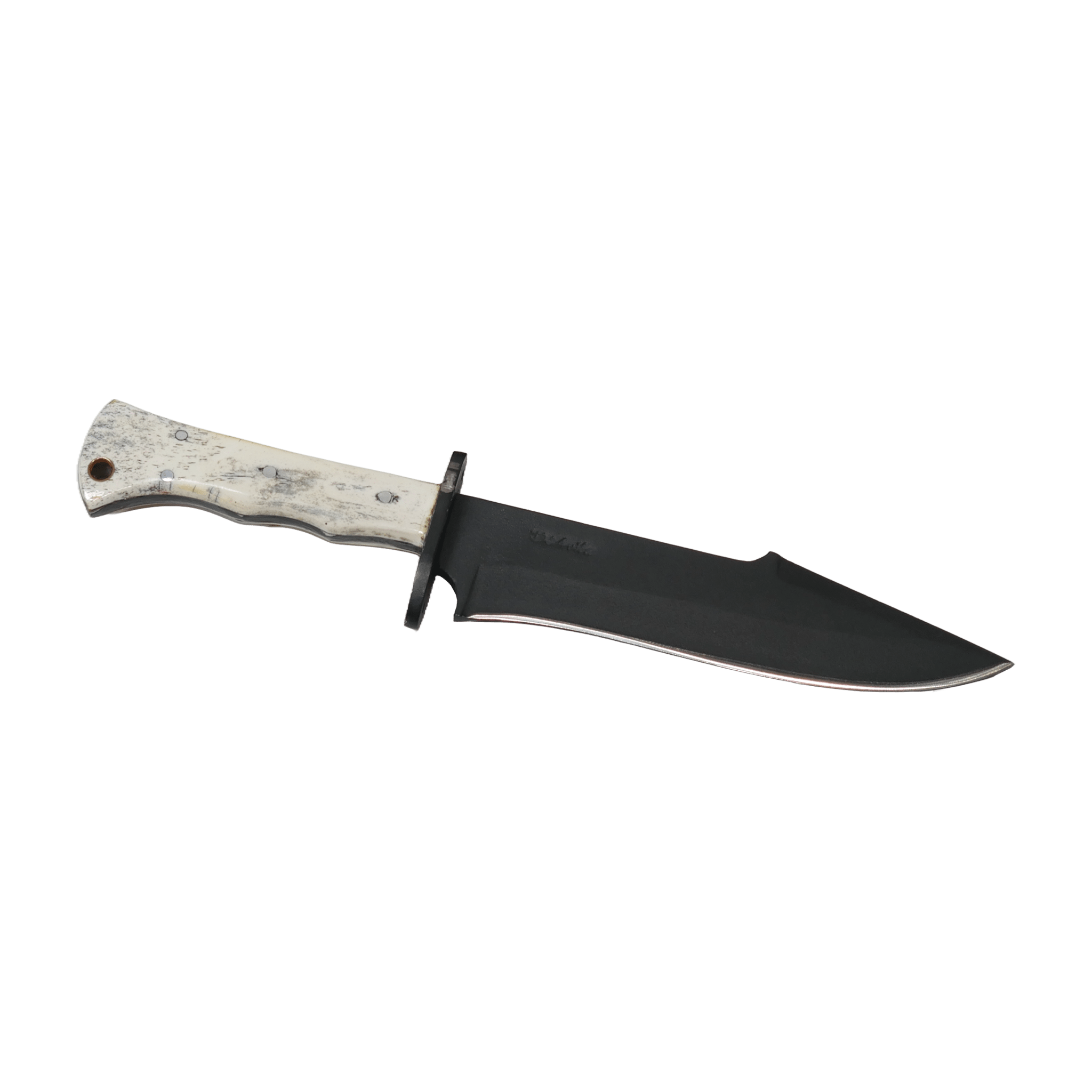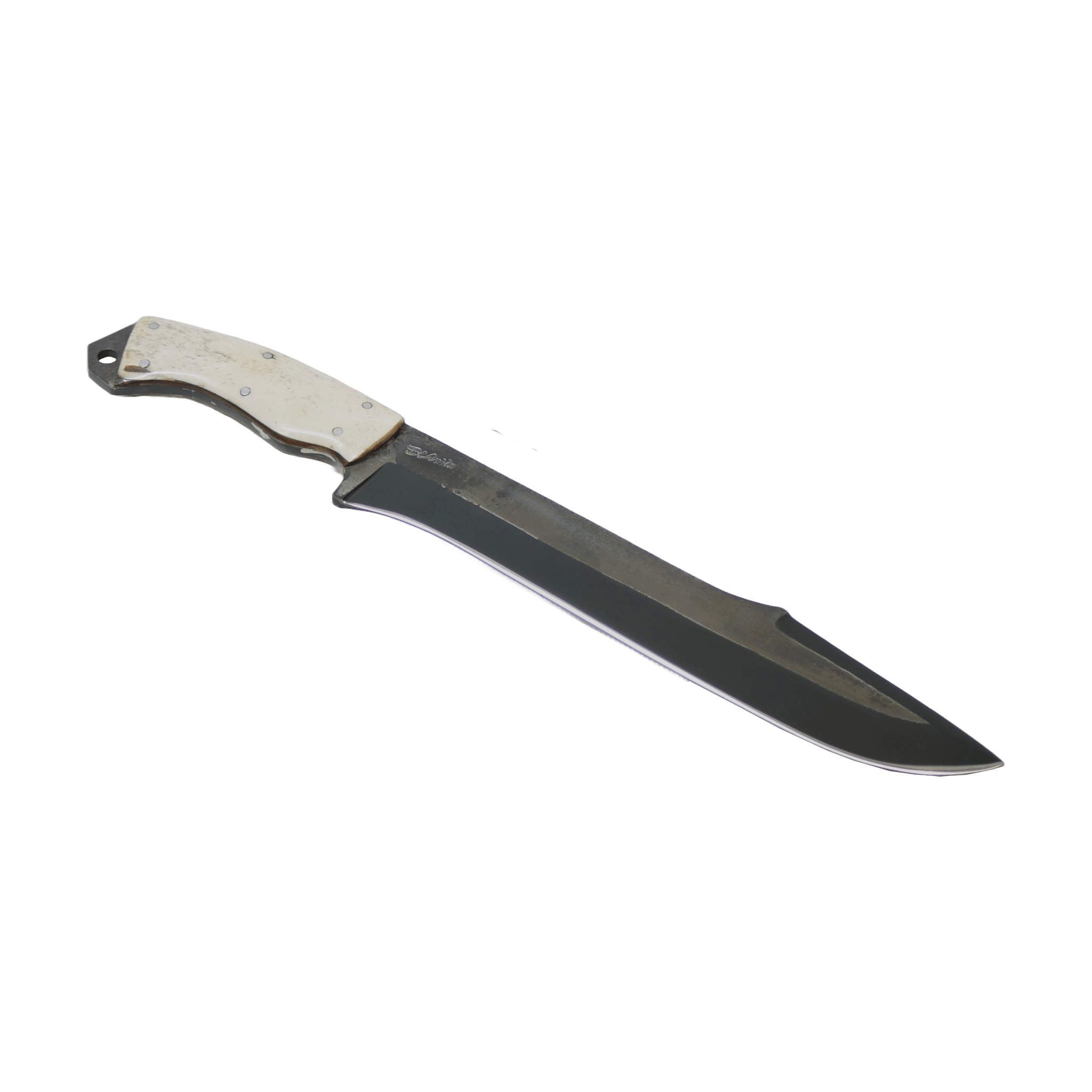Handcrafted Heirlooms: Caring for Exceptional Performance
In the heart of every kitchen lies a potential heirloom – a handmade knife crafted with tradition and designed for exceptional performance. Here at D'Avila Australia, we understand the importance of these culinary companions. Our knives are forged from the finest materials to deliver unparalleled sharpness and cutting precision. But to truly unlock their potential and ensure they grace your kitchen for years to come, proper care is essential. This guide focuses specifically on carbon steel knives, renowned for their superior edge retention and ease of sharpening, yet requiring a bit more attention than their stainless steel counterparts.

Understanding Carbon Steel Knives
Carbon steel knives hold a special place in the culinary world. Their rich history reflects the dedication of skilled craftspeople who honed their craft over generations. Unlike stainless steel, carbon steel offers a noticeably sharper edge that glides effortlessly through ingredients. This translates to cleaner cuts, better food preservation, and a more enjoyable cooking experience. Additionally, carbon steel knives are known for their exceptional edge retention, meaning they stay sharper for longer between sharpening sessions. However, this very quality comes with a slight trade-off: carbon steel is more susceptible to rust and discoloration. Fear not! With proper care, these beauties will develop a beautiful patina, a natural protective layer that adds character and enhances their performance.
Caring for Your Culinary Heirloom: Essential Steps
Just like any prized possession, your handmade carbon steel knife deserves dedicated care. Here's a breakdown of the essential steps to ensure it remains a reliable and stunning addition to your kitchen for years to come:
1. Cleaning and Drying: The Foundation of Maintenance
After each use, handwash your knife with warm water and a mild dish soap. Avoid using harsh detergents or abrasive sponges, as they can damage the delicate blade. Dishwashers are a big no-no for carbon steel knives. The high heat and harsh chemicals can warp the blade and compromise the handle. Once clean, thoroughly dry your knife with a soft, clean cloth, paying particular attention to the area where the blade meets the handle. Moisture trapped in these crevices is a recipe for rust.
2. Sharpening Your Knife: The Art of Maintaining a Keen Edge
A sharp knife is not only essential for clean cuts and optimal performance, but it's also safer to use. To maintain the razor-sharp edge of your carbon steel knife, regular sharpening is crucial. For the sharpening purists, a whetstone is the tool of choice. Soak your whetstone for 10-15 minutes before use. Hold the knife at a consistent angle, typically around 15-20 degrees, and gently draw the blade across the stone in sweeping motions, alternating sides. If you're new to whetstone sharpening, consider seeking professional guidance to avoid damaging the blade.
In between sharpening sessions, a honing rod is your best friend. Honing realigns the microscopic edge without removing significant material, helping your knife retain its sharpness for longer. Remember, safety first! Always keep your fingers clear of the blade while sharpening or honing.
3. Storing Your Treasure: Safeguarding Its Sharpness
Proper storage protects your knife and prevents accidents. Knife blocks or magnetic strips offer a safe and easily accessible solution. Ensure the knife block is clean and dry to avoid transferring moisture to the blade. If you prefer drawer storage, invest in blade guards to shield the edge and prevent it from coming into contact with other utensils. Loose storage in drawers is a recipe for disaster – not only can it dull and damage the blade, but it also poses a safety risk.
Bonus Tips for Nurturing Your Investment:
Proper storage protects your knife and prevents accidents. Knife blocks or magnetic strips offer a safe and easily accessible solution. Ensure the knife block is clean and dry to avoid transferring moisture to the blade. If you prefer drawer storage, invest in blade guards to shield the edge and prevent it from coming into contact with other utensils. Loose storage in drawers is a recipe for disaster – not only can it dull and damage the blade, but it also poses a safety risk.
Regular Inspections
Get into the habit of regularly inspecting your knife for any signs of rust or damage. Early detection is key. Address minor rust spots with a damp cloth and a bit of baking soda to prevent them from becoming a bigger problem.
Handle Care
If your knife boasts a beautiful wooden handle, you can maintain its condition with a light coat of food-safe mineral oil applied periodically. This prevents the wood from drying out or cracking.
Conclusion
With proper care, your handmade carbon steel knife will transform into a cherished heirloom, a trusted companion in your culinary adventures. By following these simple steps for cleaning, drying, sharpening, and storing, you'll ensure its exceptional performance and timeless beauty for years to come.
However, even the best-maintained knives may require occasional assistance. That's why choosing a knife supplier that offers ongoing support is crucial. Here at D'Avila Australia, we stand behind our exceptional craftsmanship with a lifetime warranty. This not only guarantees the quality of our knives, but also allows you to request assistance with sharpening or maintenance at any time. We believe in building lasting relationships with our customers, ensuring your D'Avila Australia knife becomes a cherished part of your kitchen legacy.

















